Description
A Horde of New 5th Edition Monsters!
DM: “A collection of hundreds of eyes floats down the corridor toward you, trailing ganglia and dripping caustic fluid that sizzles when it hits the ground. What do you do?”
PLAYER: “I retire, and become a farmer.”
Whether you need dungeon vermin or a world-shaking personification of evil, the Tome of Beasts has it. Here are more than 400 new foes for your 5th Edition game-everything from tiny drakes and peculiar spiders, to demon lords and ancient dragons.
Tome of Beasts includes monsters from the entire history of Kobold Press, with longtime favorites such as:
- Clockwork creatures
- Drakes and dragons
- Devils and arch-devils
- Dangerous flavors of the fey
- Undead-and much more!
Use them in your favorite published setting, or populate the dungeons in a world of your own creation. Pick up Tome of Beasts and give your players an encounter they won’t soon forget!

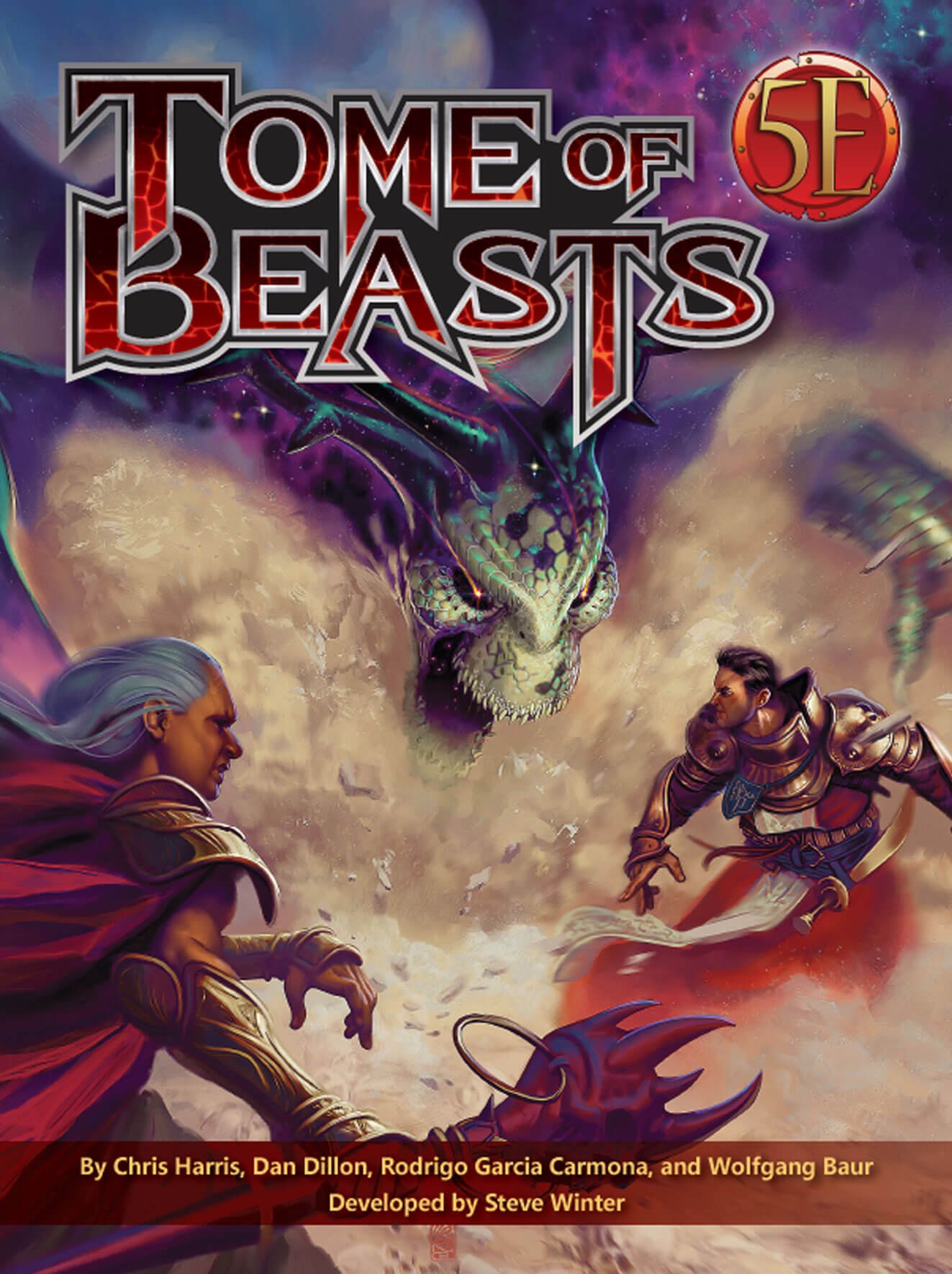

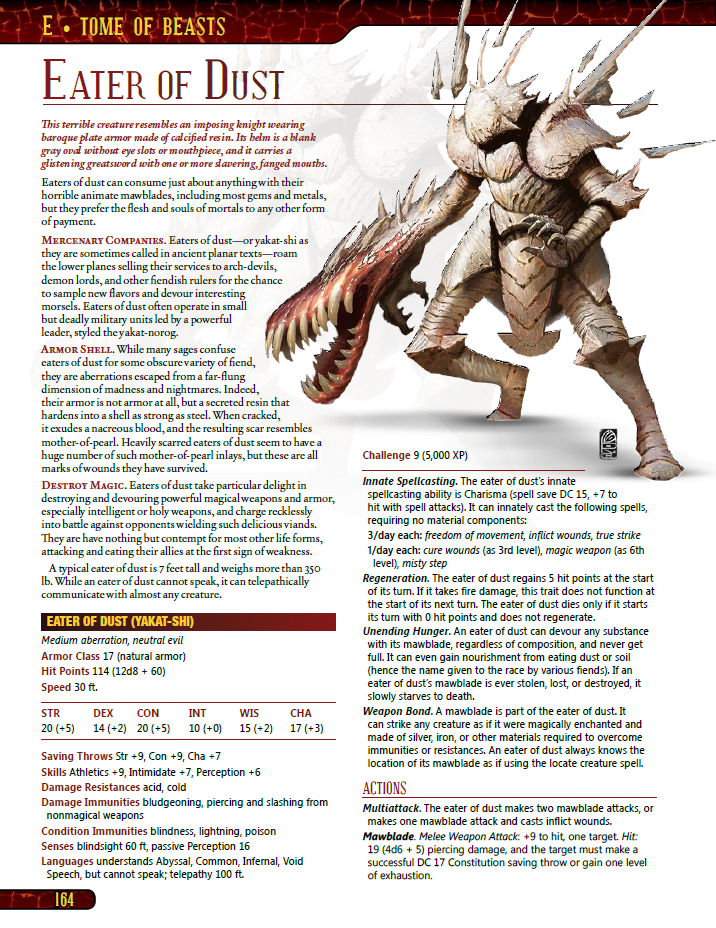
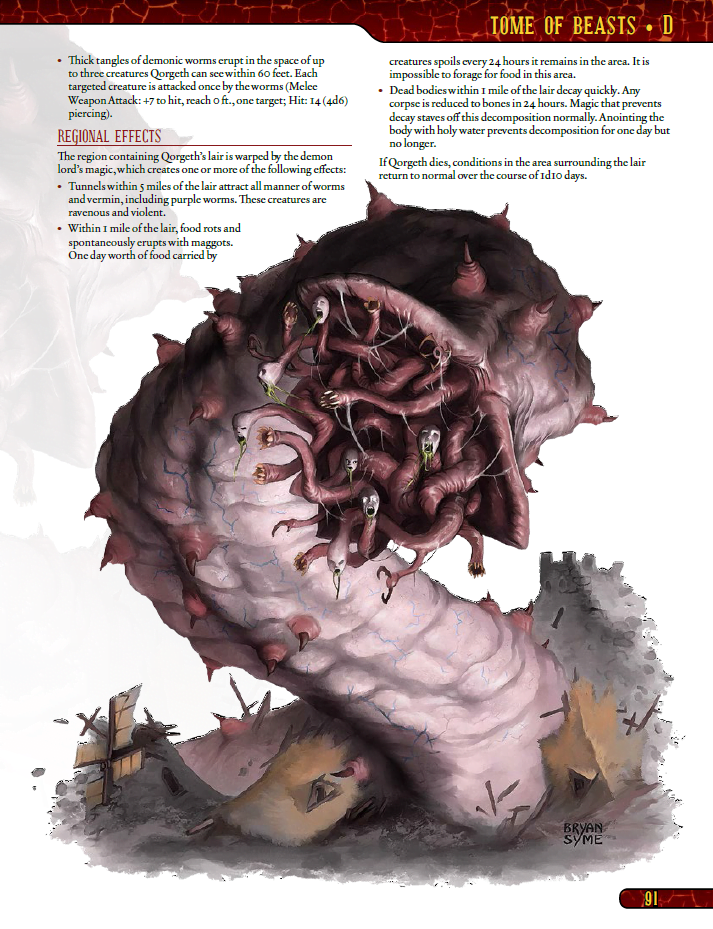
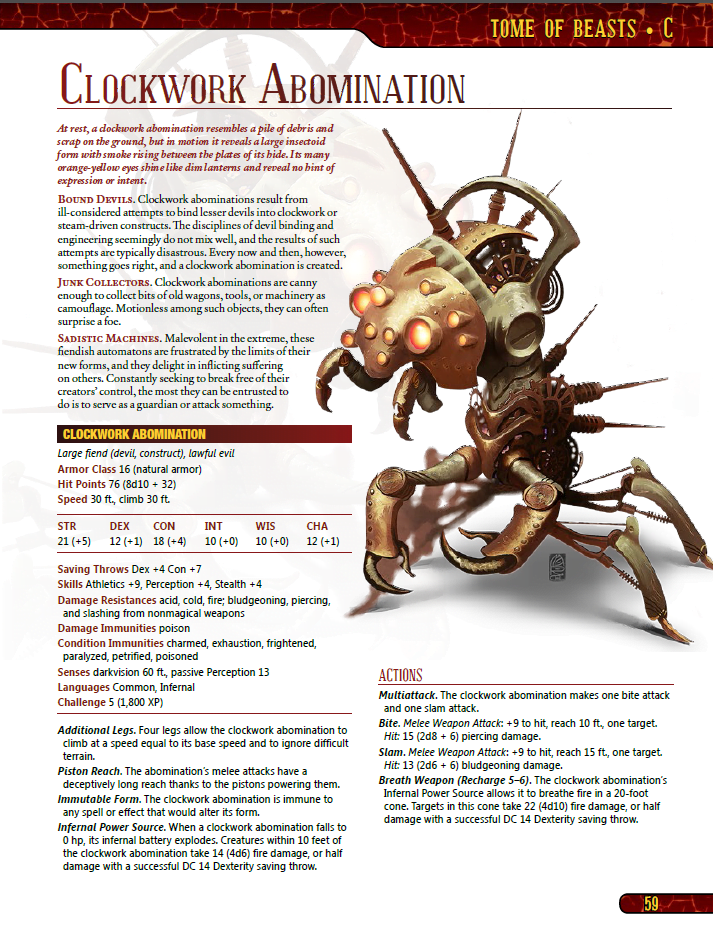
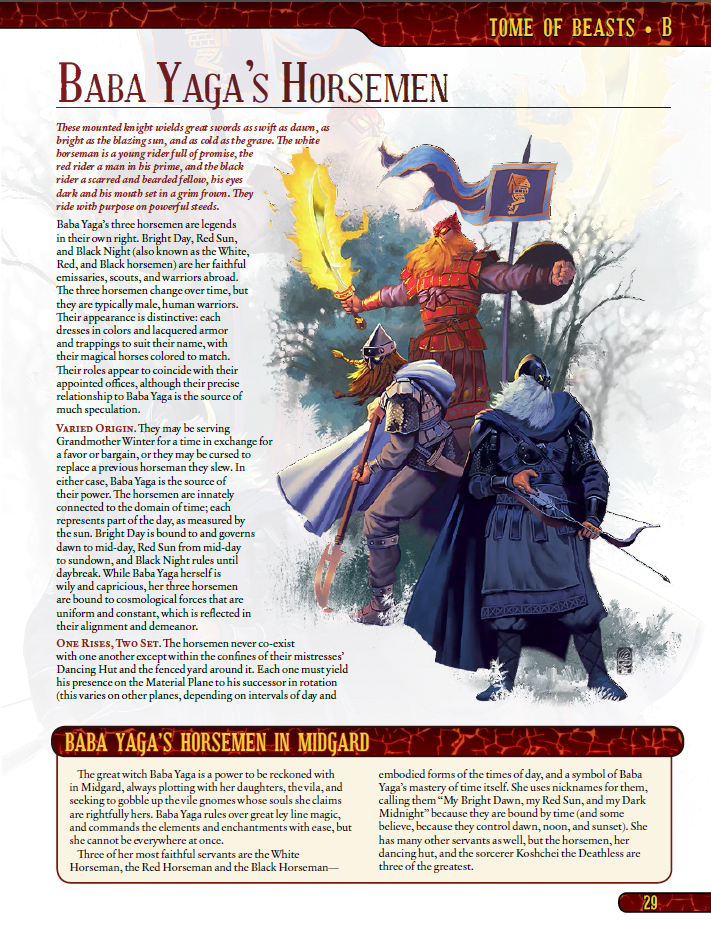
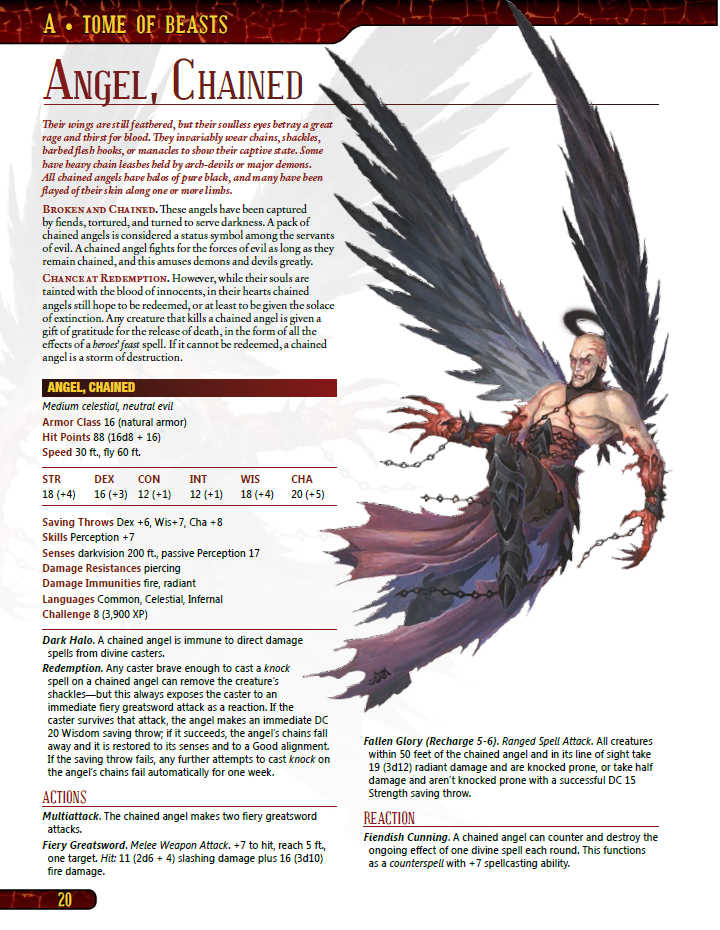
Drake Birnbaum –
This book has an immense amount of interesting monsters for both high-level and low-level play. As someone who primarily runs one-shots due to a busy schedule, I love the variety of unique abilities this book introduces in encounters from levels 1-6.
In addition, the artwork is phenomenal.
However, my favorite aspect of this book is the sheer imagination of many of the foes. Their unique physiology and backgrounds are a source of inspiration for new plotlines. I primarily run homebrew games, so finding new source material is very helpful.